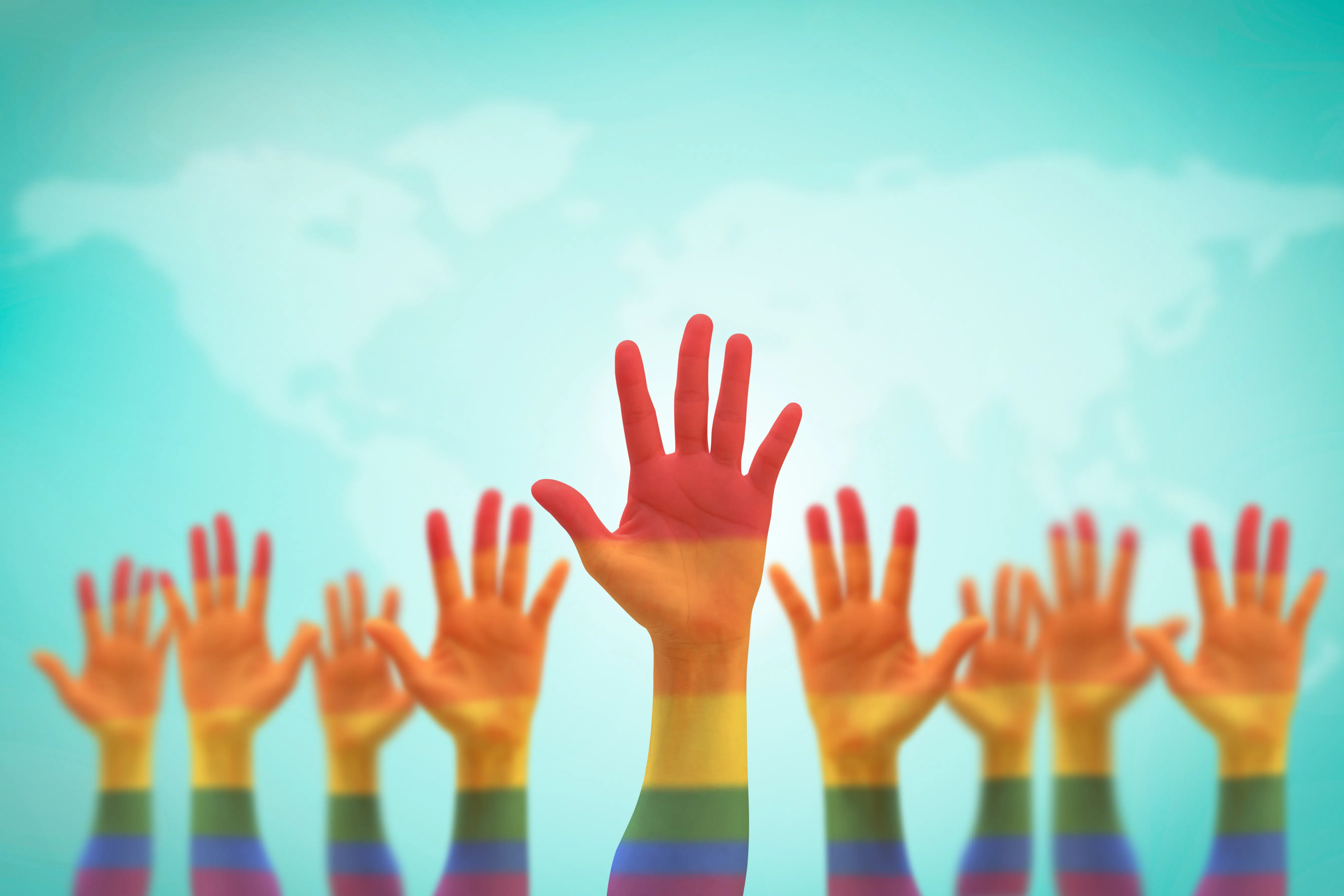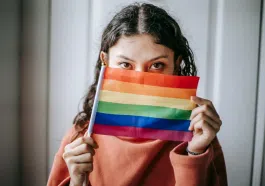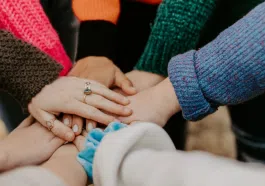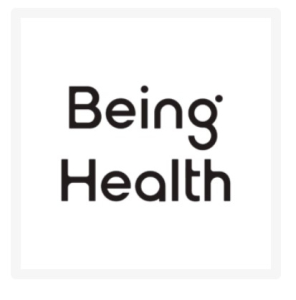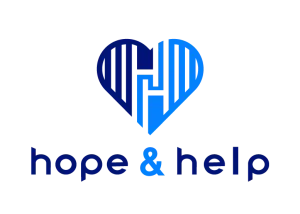Mentions of suicidal ideation, suicide
Defining Internalized Homophobia
Internalized homophobia happens when many queer identities have negative social attitudes and beliefs about gay people and the LGBTQ+ community that they have internalized. As a result, they will develop feelings of self-hatred, which can look like homophobic behavior towards themselves or others.
Are there Other Terms For Internalized Homophobia?
It is important to note that not everyone agrees with the term “homophobia” to describe these negative attitudes about LGBTQ+ people. In actuality, homophobia isn’t necessarily a phobia or fear but a prominent set of biases, stereotypes, and negative beliefs or attitudes toward queer folks. Because of this, some people prefer these terms instead:
- Internalized homonegativity
- Internalized sexual stigma
- Sexual prejudice
- Internalized heterosexism
- Antigay bias
- Internalized oppression
Why Does Internalized Homophobia Occur?
Nonheterosexual identities continue to be stigmatized to this date. In fact, suicide rates and mental health complications are extremely common among people within LGBTQ+ communities.
Even as society becomes more accepting, antigay hate crimes are much too prevalent. According to a 2017 poll, many LGBTQ+ people in the United States said that they experience some discrimination. In addition, this poll found that 51% of respondents or family members had experienced violence due to their sexual orientation.
Many people also grow up in an environment where they are exposed to antigay bias. Then, they may end up fearing the consequences of being gay or how others perceive them if they find out. In addition, they may unconsciously accept this antigay bias or fear and worry if they’ll be rejected by their families, colleagues, or peers.
Since there are such high rates of violence and harassment that impact people within LGBTQ+ communities, it makes sense that some people may turn these ideas internally as a way to protect themselves.
What Are Some Examples of Internalized Homophobia?
Internalized homophobia can look like the following:
01. Denying your sexual orientation to yourself and others.
02. Attempting to change your sexual orientation.
03. Experiencing feelings of not being good enough.
04. Having obsessive thoughts and/or compulsive behaviors.
05. Under-achieving or over-achieving to attempt to find acceptance.
06. Having low self-esteem or a negative body image.
07. Having contempt for open members of the LGBTQ+ community.
08. Experiencing contempt for people at earlier stages of the coming out process.
09. Denying homophobia, heterosexism, biphobia, or sexism are societal severe issues.
10. Show contempt for those who are different or remind us of ourselves. This can manifest as ridiculing, harassing, or verbally or physically attacking other LGBTQ+ people.
11. Projecting prejudice onto another target group.
12. Becoming psychologically abused or abusive or staying in an abusive relationship.
13. Attempting to pass as heterosexual.
14. Having an increased fear and withdrawing from loved ones.
15. Experiencing shame, anger, or depression.
16. Dropping out of school or poor work performance.
17. Continually self-monitoring behaviors, mannerisms, beliefs, and ideas.
18. Laughing at society’s negative stereotypes towards the LGBTQ+ community.
19. Not trusting and criticizing LGBTQ+ community leaders.
20. Issues with the law.
21. Unsafe sexual behavior.
22. Separating sex and love or having a fear of intimacy.
23. Substance use issues.
24. Contemplating suicide, attempting suicide, death by suicide.
What Is the Impact of Internalized Homophobia?
Internalized homophobia can create mental health concerns that can enhance other mental health issues that are prevalent within the LGBTQ+ community. A 2017 study conducted by the American Psychiatric Association determined that LGBTQ+ people are twice more likely than heterosexual people to have a mental health condition throughout their lives. Furthermore, gay people are 2.5 times more likely to be diagnosed with major depression, anxiety disorder, and substance use disorders. They are also four times more likely to attempt suicide during youth and three times more likely as adults. These high rates are thought to stem from these communities facing violence like bullying, discrimination, verbal and physical abuse.
How Can You Find Support?
Some options for finding support may involve:
- Finding an LGBTQ+ community
- Seeking out identity-affirming doctors, therapists, and other providers
- Opening up to friends and family that you can trust
- Finding resources that will support you
How to Be an Ally to People Experiencing Internalized Homophobia?
Some ways that allies can be supportive to LGBTQ+ people experiencing internalized homophobia include:
- Listening and believing other people’s lived experiences
- Taking feedback and being supportive
- Avoiding making any offensive jokes
- Speaking out when others are saying things that are offensive to the LGBTQ+ community
- Creating a diverse environment where all views, experiences, and identities are taken into account
- Educating yourself about the unique challenges that LGBTQ+ people face
In addition, you must remember that being an ally is an ongoing process. You will also have to work through your own internalized biases and beliefs.
In Summary
Internalized homophobia, or any previously mentioned terms it can be known by, happens when a person accepts antigay biases and then applies them to themselves. This can occur because of living in a heterosexist society.
This experience continues to be a problem in society, especially in communities with higher violence, harassment, and discrimination rates. Internalized homophobia can lead to negative impacts on a person’s mental. Therefore, it is essential to learn more about this concept and to find support when needed.

